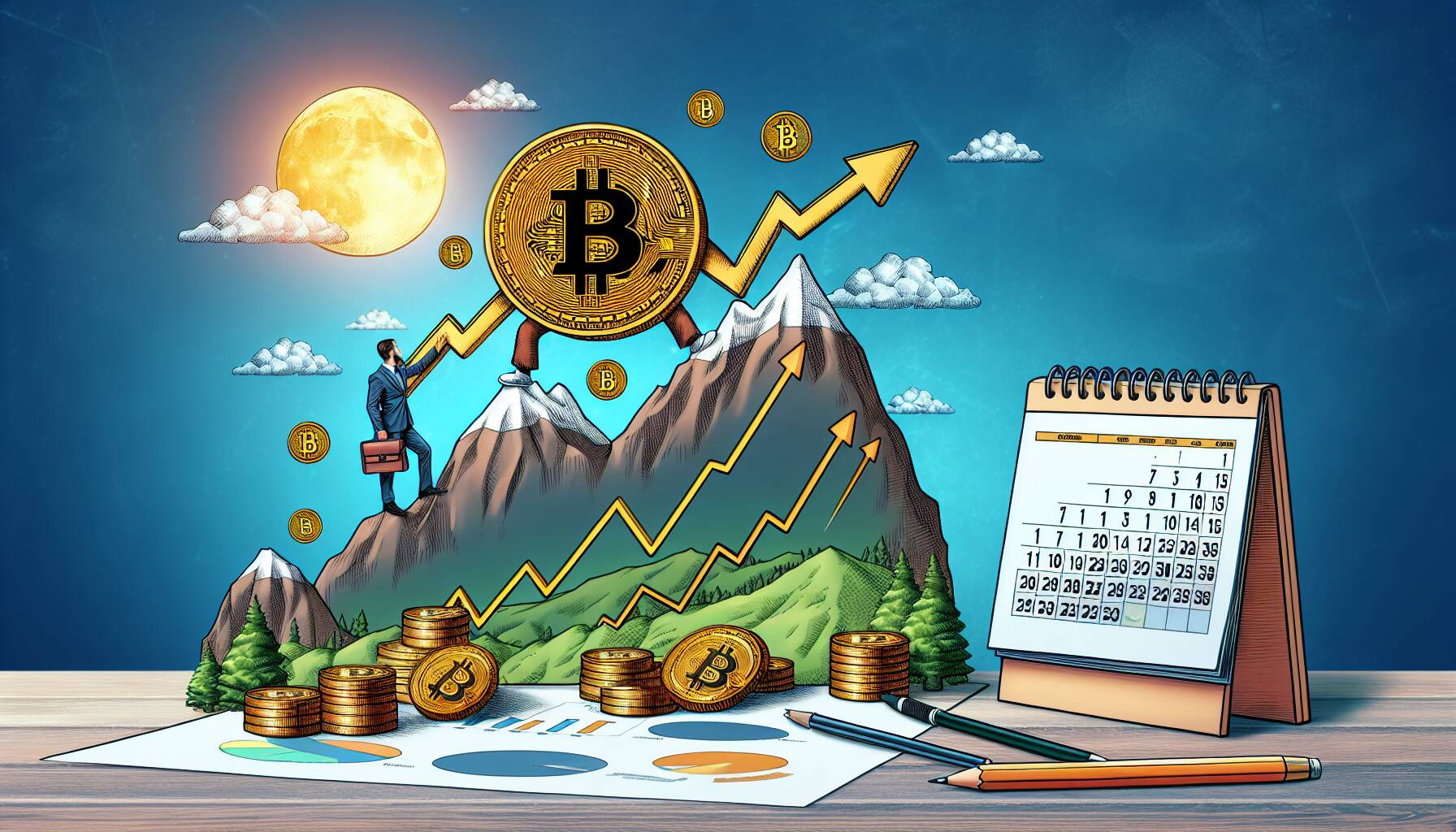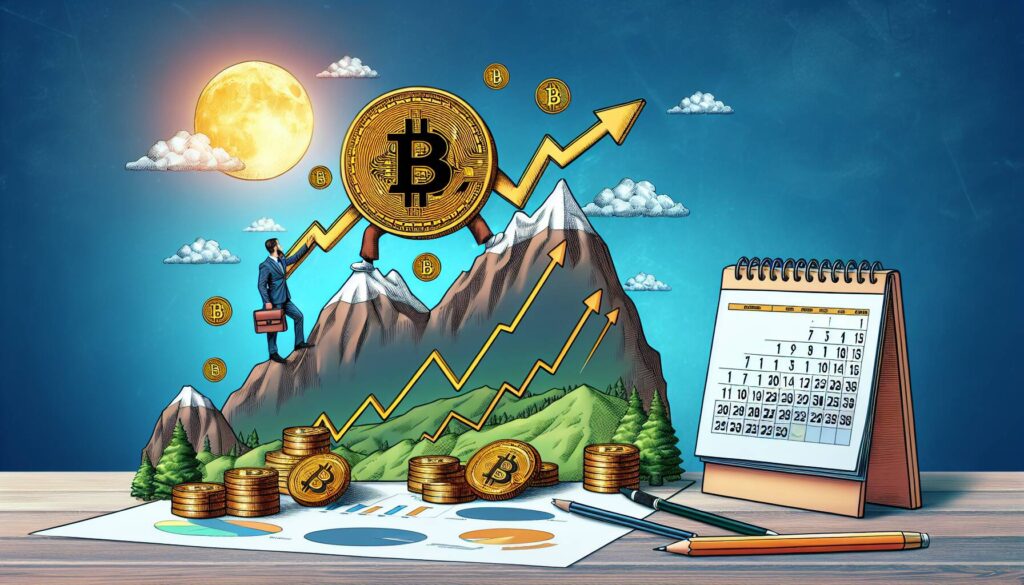The cryptocurrency market is witnessing notable fluctuations, particularly with Bitcoin’s recent price movement. After a weekend dip, Bitcoin has rebounded impressively, climbing back above the $109,000 mark. This resurgence comes on the heels of significant economic developments, notably as former President Donald Trump announces a new date for tariff implementation, which has injected a fresh wave of optimism into investors.
Crypto enthusiasts are keenly observing the impact of economic indicators, such as jobs data, which historically influences market dynamics. However, some experts caution that the boost from recent employment statistics may be fading, raising questions about the sustainability of Bitcoin’s recent gains. As potential trade agreements between the U.S. and Vietnam loom on the horizon, there is a palpable sense of anticipation in the market.
“The crypto landscape is intricately linked to broader economic policies, and as tariff deadlines approach, traders are carefully adjusting their strategies,”
As discussions intensify around tariffs, industry experts are contemplating the ramifications of a potential 70% tariff on cryptocurrency adoption. Such economic measures could reshape market sentiments, influencing buying and selling patterns among traders and investors alike. Amidst these developments, various platforms are reporting significant surges in crypto prices, signaling a robust response from the market to these unfolding trade negotiations.
In summary, Bitcoin’s rise above $109,000 is a testament to the volatile yet dynamic nature of the cryptocurrency sector, which continues to evolve in response to global economic shifts and trade negotiations.

Bitcoin Market Dynamics and Trade Influences
Key points regarding Bitcoin’s recent market performance and external influences:
- Bitcoin Recovery: Bitcoin has climbed back above $109,000 after experiencing a weekend slump, indicating market volatility.
- Impact of Economic Data: Recent jobs data has shown a diminishing effect on Bitcoin’s price, suggesting economic indicators can significantly influence cryptocurrency values.
- Trade Deal Optimism: A surge in crypto prices coincides with the U.S. nearing trade deals, highlighting the relationship between trade negotiations and market sentiment.
- Upcoming Tariff Dates: Former President Trump’s new tariff date may bring uncertainty to the markets, influencing crypto investors’ strategies.
- Global Trade Effects: The potential implications of a 70% tariff on crypto adoption, reflecting how international trade policies can alter market dynamics.
- Geopolitical Factors: The U.S.-Vietnam trade deal has had immediate effects on Bitcoin, showcasing how geopolitical relationships can resonate through the crypto market.
Readers should consider how external economic and political factors may impact their investments and strategies in the crypto space.
Bitcoin’s Resurgence Amid Trade Deal Tensions
The recent volatility in Bitcoin’s value, including a leap back above $109,000, highlights the intricate relationship between cryptocurrency markets and global economic indicators. As the U.S. approaches crucial trade deal deadlines, speculations surrounding tariffs — particularly with recent developments linked to Trump’s policies — are impacting investor sentiment. This juxtaposition creates both opportunities and challenges for market participants.
Competitive Advantages: The surge in Bitcoin’s price can be seen as a refuge for investors looking for stability amidst trade uncertainty. With crypto traditionally viewed as a hedge against economic turbulence, those holding Bitcoin could benefit from heightened interest and potential investment inflows. Furthermore, positive economic signals from the U.S. labor market initially buoyed prices, suggesting a correlation that savvy traders can exploit.
Disadvantages and Challenges: Conversely, the looming fears of a 70% tariff on certain goods could dampen market optimism, posing risks for both traditional and crypto market stakeholders. Should these tariffs materialize, they may lead to broader economic consequences, potentially curtailing disposable income for investors and reducing demand for speculative assets like Bitcoin. This uncertainty could foster a climate of hesitation, particularly among new investors wary of entering such a volatile market.
In this evolving scenario, institutional investors could find themselves intrigued by Bitcoin’s performance as a countermeasure against U.S. tariff policies. However, smaller retail investors might face a rougher road, grappling with heightened market volatility. The push and pull between trade negotiations and crypto responses will require astute navigation, affecting who stands to gain or lose in this dynamic landscape.

















